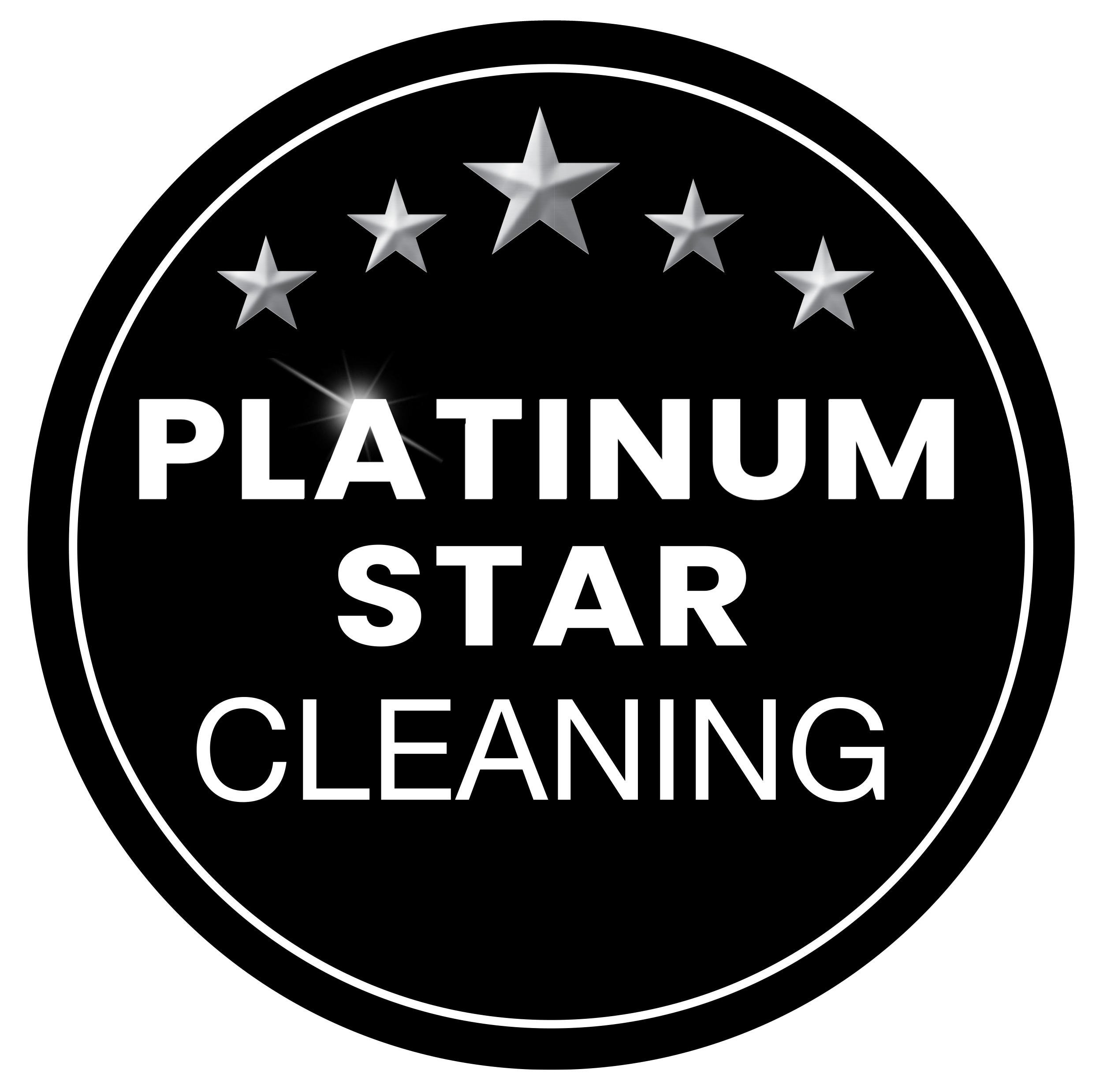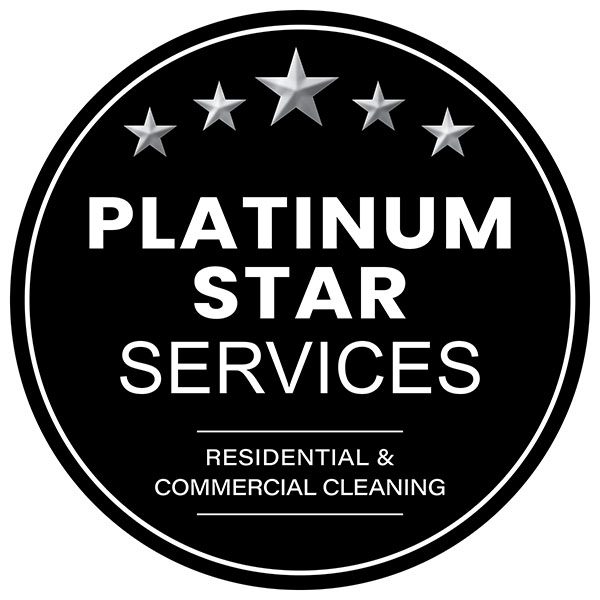Welcome to the ultimate guide to keeping your home not just clean, but also healthy! In today’s fast-paced world, maintaining a clean and healthy household is more important than ever. A clean home isn’t just visually appealing; it’s also crucial for your physical and mental well-being. However, with busy schedules and endless responsibilities, it can be challenging to stay on top of household chores while also ensuring a healthy environment for you and your loved ones.
In this comprehensive guide, we’ll delve into practical tips and strategies to streamline your cleaning routine, tackle common household germs and allergens, and create a healthier living space for everyone. From effective cleaning techniques to eco-friendly products, we’ll cover all aspects of maintaining a pristine home environment. Whether you’re a seasoned cleaning pro or just starting your journey to a cleaner and healthier home, this guide has something for everyone. So let’s dive in and transform your house into a haven of cleanliness and well-being!
The Importance of Indoor Air Quality: Tips for Cleaner Breathing
In our quest for a healthy lifestyle, we often focus on exercise and nutrition while overlooking a crucial aspect: the quality of the air we breathe indoors. Yet, considering that we spend a significant portion of our time indoors, ensuring good indoor air quality is paramount for our overall well-being. In this article, we’ll delve into why indoor air quality matters and provide practical tips to help you breathe cleaner air in your home.
Keep Your Home Clean
Regular cleaning is essential for reducing indoor air pollutants. Vacuum carpets and rugs frequently use a vacuum cleaner with a HEPA filter to trap dust and allergens effectively. Dust surfaces, including furniture, shelves, and electronics, using a damp cloth to prevent particles from becoming airborne. Additionally, wash bedding, curtains, and other fabric items regularly to remove dust mites and allergens.
Maintain Proper Ventilation
Proper ventilation is crucial for improving indoor air quality by reducing the concentration of pollutants. Open windows and doors whenever possible to allow fresh air to circulate throughout your home. Use exhaust fans in kitchens and bathrooms to remove cooking fumes, moisture, and odors. Consider installing a whole-house ventilation system to ensure continuous airflow and filtration.
Control Humidity Levels
High humidity levels can promote the growth of mold and mildew, leading to poor indoor air quality and potential health issues. Use a dehumidifier to maintain optimal humidity levels (ideally between 30% and 50%) in your home, especially in areas prone to moisture buildup such as basements and bathrooms. Fix leaks and repair water damage promptly to prevent mold growth.
Avoid Smoking Indoors
Tobacco smoke is a major indoor air pollutant that can have serious health effects on both smokers and nonsmokers. Avoid smoking indoors, and designate outdoor smoking areas away from windows and doors to prevent smoke from infiltrating your home. If you or someone in your household smokes, consider quitting or seeking help to quit.
Use Air Purifiers
Air purifiers can be effective tools for removing airborne pollutants and improving indoor air quality. Choose a high-quality air purifier with a HEPA filter capable of capturing small particles such as dust, pollen, pet dander, and mold spores. Place air purifiers in frequently occupied rooms, such as the bedroom and living room, for maximum benefit.
Be Mindful of Household Products
Many household products, including cleaning supplies, paints, and air fresheners, contain volatile organic compounds (VOCs) that can release harmful chemicals into the air. Opt for natural, eco-friendly alternatives whenever possible, or choose products labeled as low-VOC or VOC-free. Properly ventilate areas when using products that emit fumes, and store chemicals securely out of reach of children and pets.
The Art of Efficient Laundry Management
Laundry, often considered a mundane chore, can become a streamlined and even enjoyable task with the right approach. Efficient laundry management is not just about washing clothes; it’s about maximizing your time, energy, and resources while achieving clean and fresh results. In this guide, we’ll delve into the strategies and techniques that can help you master the art of laundry management, making this essential household task a breeze.
- Sorting Made Simple: Before diving into the washing process, sorting your laundry is key to efficiency. Sort clothes by color, fabric type, and level of soiling. This prevents color bleeding and ensures that delicate items receive the appropriate treatment. Create designated laundry bins or hampers for whites, darks, lights, and delicates to streamline the sorting process.
- Pre-Treatment for Stain Removal: Addressing stains promptly can prevent them from setting in and becoming more difficult to remove. Keep a stain removal product or homemade solution on hand to treat stains before washing. Gently blot the stain with the solution and let it sit for a few minutes before laundering. For tough stains, consider soaking the garment in a solution overnight for optimal results.
- Maximizing Load Capacity: Efficient laundry management involves making the most of your washing machine’s load capacity. Overloading the machine can lead to poor cleaning results and unnecessary wear and tear on your clothes. Conversely, washing small loads wastes water and energy. Aim to fill the machine to about 75-80% of its capacity for optimal efficiency.
- Choosing the Right Detergent: Selecting the appropriate detergent for your laundry needs is essential for achieving clean and fresh-smelling clothes. Consider factors such as fabric type, level of soiling, and any sensitivities or allergies in your household. Opt for high-quality, environmentally friendly detergents that effectively clean clothes without harsh chemicals.
- Optimal Water Temperature: Different fabrics and stains require different water temperatures for effective cleaning. In general, hot water is ideal for whites and heavily soiled items, while cold water is suitable for delicate fabrics and dark colors to prevent shrinking and color fading. Using the appropriate water temperature not only ensures clean clothes but also conserves energy.
- Drying Techniques: Efficient laundry management extends beyond the washing machine to the drying process. Whenever possible, air-dry clothes outdoors to harness the natural power of the sun and reduce energy consumption. For items that require machine drying, use dryer balls or clean towels to speed up drying time and reduce static cling.
Conclusion
Platinum Star Cleaning, located in Easton, PA, we believe that maintaining a clean and healthy household is paramount for overall well-being. Our comprehensive guide offers invaluable insights and practical tips to help individuals effectively manage their living spaces, promoting a hygienic environment for themselves and their loved ones. With a commitment to excellence, we prioritize the health and satisfaction of our clients, striving to empower them with the knowledge and resources necessary for a cleaner, healthier home. Trust in our expertise and dedication to elevate your living standards and enjoy the benefits of a pristine household.

